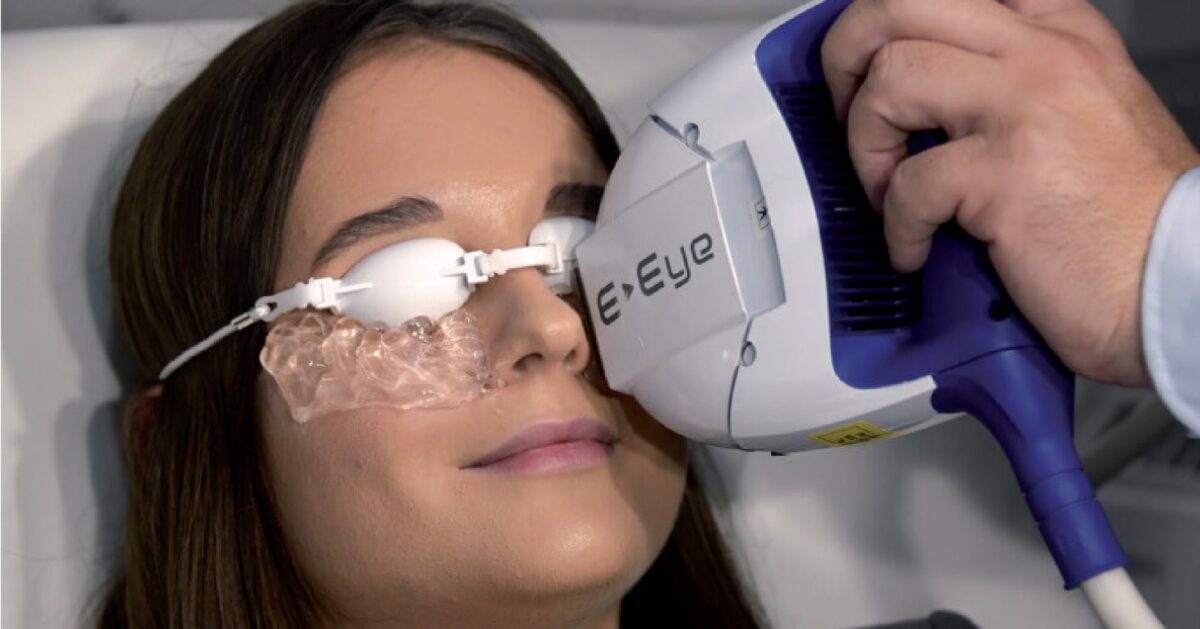The Pros and Cons of Intraocular Lenses: Is it Right for You
When it comes to vision correction, Intraocular Lenses (IOLs) are becoming an increasingly
popular option. This type of lens is implanted inside the eye, often during cataract surgery, to
replace the eye’s natural lens. If you’re considering IOLs as part of your treatment plan, it’s
important to weigh the benefits and drawbacks to decide if this option is the right fit for you.
What Are Intraocular Lenses?
Intraocular lenses are synthetic lenses that replace the natural lens of the eye, which may
become cloudy due to cataracts. They can also be used to correct other refractive issues
such as nearsightedness, farsightedness, and astigmatism. There are several types of IOLs
available, including monofocal, multifocal, and toric lenses, each designed for specific vision
needs.
Pros of Intraocular Lenses
1. Improved Vision
The most significant advantage of IOLs is the potential for clearer vision. IOLs help restore
vision to a level that can often reduce or eliminate the need for glasses or contact lenses,
especially for those who’ve had cataract surgery.
2. Long-Term Solution
Unlike glasses or contact lenses, which require frequent updates or replacements, IOLs
provide a long-lasting solution. Once implanted, IOLs can last a lifetime, offering sustained
improvement in vision without the hassle of regular adjustments.
3. Versatility in Vision Correction
With the variety of lenses available, IOLs can be tailored to correct a wide range of vision
problems. For example, multifocal IOLs can help individuals see clearly at both near and far
distances, reducing the need for reading glasses.
4. Convenience
Inserting an IOL during cataract surgery allows patients to enjoy a quick recovery and return
to normal activities relatively soon. Many patients find the procedure minimally invasive with
quick results, making it a convenient choice for many.
Cons of Intraocular Lenses
1. Risk of Complications
As with any surgical procedure, there are risks involved. While the procedure is generally
safe, complications such as infection, inflammation, or lens dislocation can occur. These
issues can sometimes require further medical intervention.
2. Adjustment Period
Not all patients adapt to their new lenses immediately. Some may experience glare, halos
around lights, or difficulty with contrast sensitivity, particularly with multifocal lenses. These
side effects typically improve over time, but it can take a few weeks or months for full
adjustment.
3. Not Ideal for Everyone
Not every patient is a good candidate for IOL implantation. Individuals with certain eye
conditions, such as severe dry eyes or retinal issues, may not benefit from this procedure. A
thorough eye exam is necessary to determine if IOLs are the right option.
4. Expense
In some cases, IOLs, particularly advanced lenses like multifocal or toric lenses, may be
more expensive than traditional cataract surgery options. Insurance coverage may vary, so
it’s important to check if the costs are fully covered.
Is IOL Surgery Right for You?
The decision to opt for intraocular lenses depends on many factors, including your overall
eye health, your specific vision needs, and your lifestyle. While IOLs can offer significant
improvements, it’s essential to discuss with an eye care professional to determine if this
solution aligns with your expectations and medical needs.
At Dr. Rani Menon Maxivision Hospital, we are committed to helping our patients achieve the
best possible vision outcomes. Our experienced eye care team can guide you through the
process, providing personalized recommendations based on your unique needs and
ensuring the best possible results. If you’re considering intraocular lenses, we invite you to
schedule a consultation and explore whether this innovative treatment is right for you.








